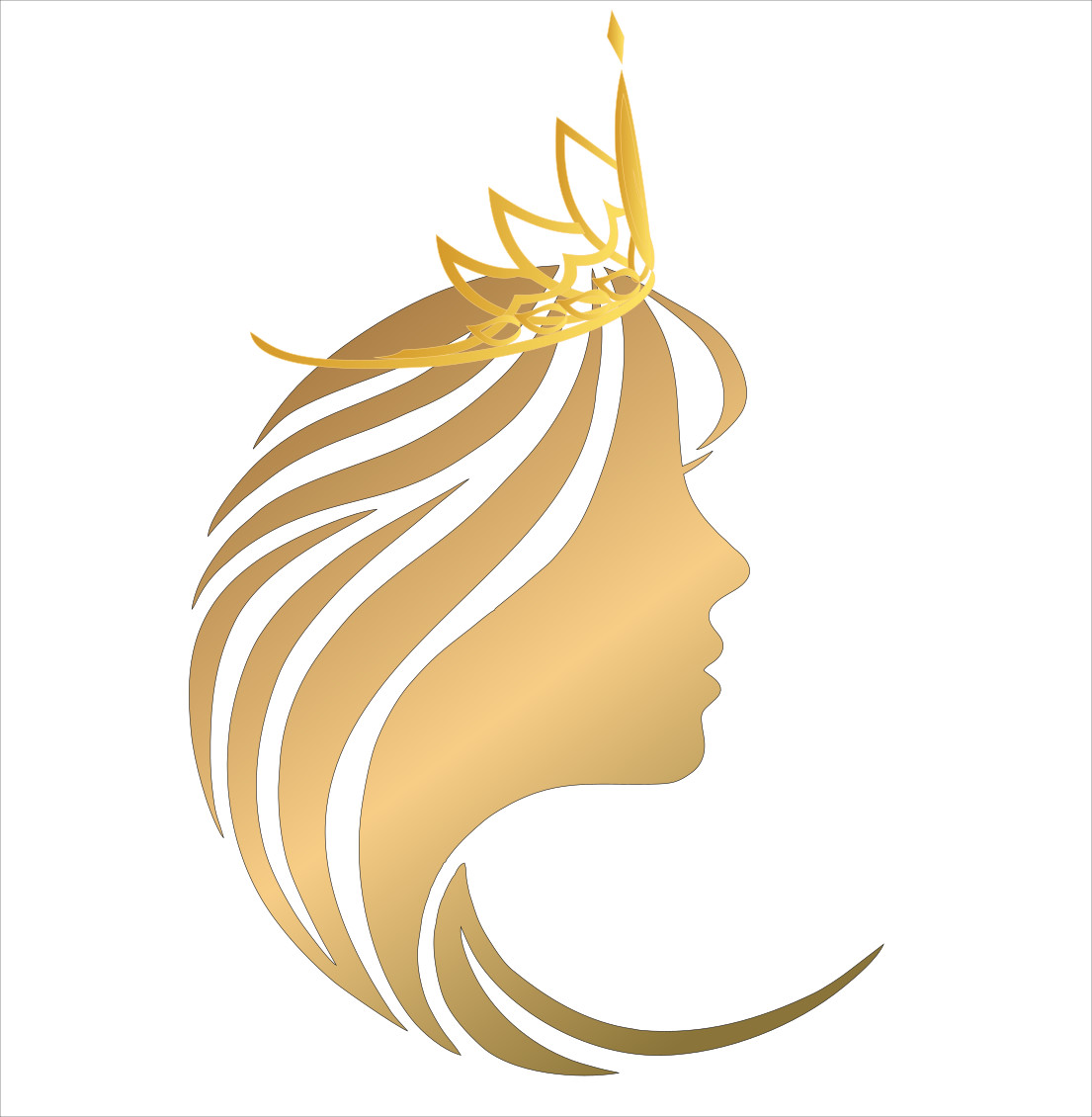No products in the cart.
Once viewed as a tactic to “make hair less thick”, or “add body”, layering is having a renaissance in 2020, and it’s important to note that it does not – repeat, does not – do either of those things. “They are two hairdresser myths that really make me cringe. You end up with either a mushroom effect or hair that’s even bigger,” laughs Luke Hersheson, hairstylist and creative director of Hershesons. “Back in the ’90s layers always started from the jaw and went downwards, but the modern way to do them is to keep them somewhere between the forehead and jaw. It’s a more nonchalant, French way that gives shape but doesn’t make hair look too defined, or like you’re trying too hard.”
Now all those years of bad hair make sense. Today, layers are being revived through wildly popular shag haircuts, carefree mops of curls, and even mullets – or are being cut into all lengths using the “invisible” technique to add movement to hair. Hersheson name-checks everyone from Stevie Nicks to Freja Beha Erichsen as examples of “layers goals”, since their hair has a rock ‘n’ roll sensibility without being “too feathery around the face”. Keen to rediscover layers the right way? Here are three of the coolest layered hair trends to try now.
The shag

One of the most obvious layered haircuts, the shag, is an excellent option if you have curly or textured hair. “It’s about the hair shape,” explains Hersheson. “The shortest hair is around your crown and then everything gets longer from there.” While layers are a big part of the cut, he points out that it’s important that they’re invisible, and don’t form clumpy “steps” in the hair. “It’s a mixture of classic layers with invisible layers, because the ends are quite tapered and almost thinned out,” he says. Look to models Mica Argañaraz and Damaris Goddrie for hair inspiration.
Invisible layers

“A classic layer used to be cutting the hair straight across like a ruler – the hair ended up in a lump,” says Hersheson. “We obviously hate seeing these lumps and lines because it looks really old-fashioned. An invisible layer is a way of tapering or thinning out the ends, so when the hair falls on top of another piece of hair (in a layer), it falls almost invisibly, and you don’t get that line.”
While invisible layers can be used anywhere in the hair, they are often used around the face, or in longer hair to encourage that oh-so-desirable bouncy movement. Those with fine hair who are after a “floaty, Parisian look” will also love an invisible layer, so long as they’re not cut in too short or too blunt. “Put a few invisible layers through ends and it gives hair more movement and a whimsical quality – think Camille Charrière,” says Hersheson.
Disconnected layers

Disconnected layers sit at the more obvious end of the spectrum, and divide the hair into isolated sections. For an extreme example, see the cuts Guido Palau gave models at the Prada spring/summer 2021 show, where hair was chopped into a severe, single-layer line around the cheekbones, while the back fell long and loose. “It’s not necessarily the most wearable hair, but there was a feeling about it,” says Hersheson. “It was tough and androgynous and I thought it was quite mod in reference.” Not for the faint-hearted.

